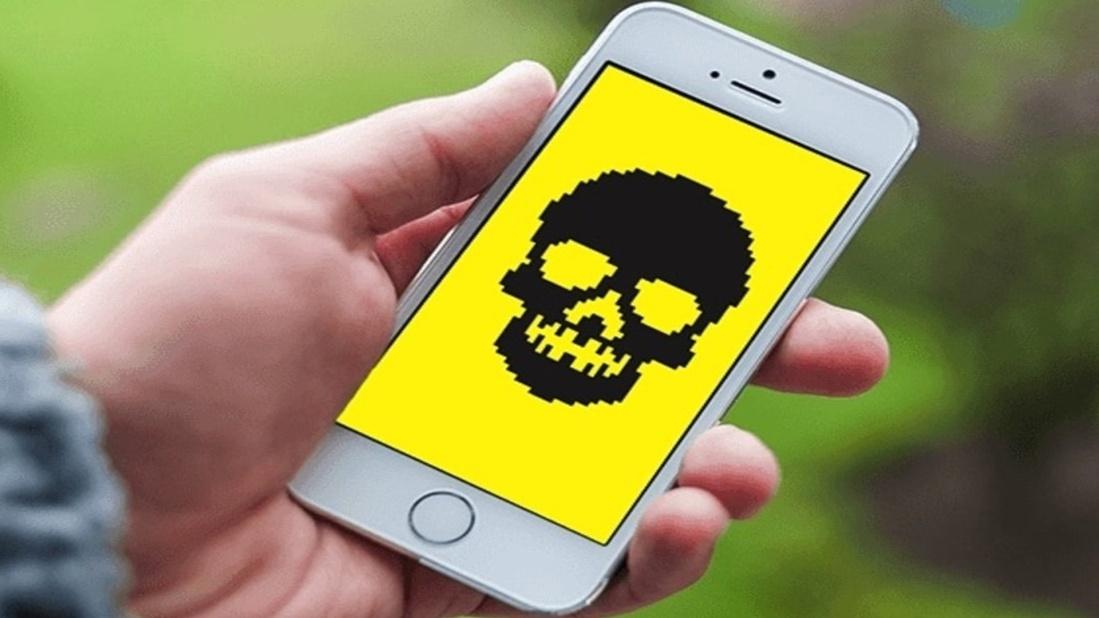Modern technology is firmly embedded in our lives, and mobile applications have become an integral part of everyday phone use. However, with the growing popularity of mobile devices, the number of malicious applications is also increasing. Understanding how to recognize suspicious apps and their signs will help ensure the safety of your mobile device.
How to Recognize Suspicious Apps
Each of us encounters numerous apps available for gadgets, and it's not easy to determine which one is truly safe. It's important to pay attention to several key points. First, study the reviews from other users. Usually, if an app is truly good, it will have positive ratings and quality comments. The presence of several negative reviews with similar issues can be a signal that something is wrong.
In addition, be sure to study the information about the developer. If the app is created by a small, unknown company, there are risks. Before installing, conduct research: check the developer's website for contact information and other products. If information about them is missing, this, along with other signs, may indicate a risky app.
Finally, pay attention to the size of the app. Malicious programs often have small or unusual sizes. If an app is only a few megabytes, yet its description mentions a wide range of features, this can already be considered suspicious.
Signs of a Malicious Mobile App
There are several characteristic signs that can help you identify malicious software. First, such apps often require excessive permissions unrelated to their functionality. For example, a background music utility may request access to your contact information or camera — this is clearly excessive. Every time you install new software, carefully review the list of permissions requested.
Some apps may behave aggressively. If you notice your device working slower, the battery draining faster, or unexpected pop-ups appearing, this may be a sign of malicious software. Sometimes such apps may try to spy on your actions or collect personal data.
Another obvious sign is frequent app updates not related to improvements in their functionality. If an app updates too often, it may indicate that the developer is trying to fix issues caused by their malicious activities.
App Security on Your Phone
To ensure your device's security, it is necessary to adhere to some basic principles. First and foremost, always download apps only from official sources, such as Google Play Market or the App Store for Apple devices. These platforms use algorithms to filter potentially dangerous content, but they also need user attention.
Pay attention to having antivirus software on your device. Modern antiviruses can significantly enhance security by automatically scanning the programs you download. Some of them provide the additional capability of regularly scanning the system for malicious utilities.
Also, don't forget about regular updates to your device's operating system. Manufacturers often fix vulnerabilities in subsequent versions, making your gadget more protected against potential threats.
Protection from Malicious Apps
There are various ways to protect against malicious software. One of the most effective is a conscious approach to downloading new apps. Before installing any new software, be sure to study its history, reviews, and functionality.
It is wise to limit apps' access to your data. Many services offer their features, but make it a rule to minimize permissions, especially if they are not required for their primary purpose. Protecting your privacy — is your responsibility.
Another step towards security is using a VPN network. Encrypting your internet traffic makes it harder for intruders to access personal information. This is especially important if you actively use public Wi-Fi networks.
Fake Apps and How to Avoid Them
Fake apps pose a serious threat to users. They can be created to deceive and steal personal data. To avoid such risks, it is necessary to be vigilant. First, always check the app's name. Often, scammers create fraudulent versions of popular apps with slight changes in the name. For example, instead of "WhatsApp," it might be "WhatsAp."
Pay attention to the number of downloads and the overall rating of the app in the store. The more users have installed the app and left positive reviews, the higher the likelihood that it is safe. However, even high ratings are not a guarantee of reliability, as some scammers may fake reviews.
Be sure to pay attention to reviews from independent experts. There are specialized sites and blogs that review apps for security. They can provide up-to-date information on new threats and recommend safe options.
How to Check Apps for Safety
Start by searching for information about the app on the internet. Just enter its name along with the word "safety" or "danger." Often, users share their experiences and warn others about potential threats.
Security criteria also include the presence of privacy policies and terms of use on the developer's site. Make sure the developer openly shares data about how your information will be used and stored.
The use of antivirus software complements the methods mentioned above. Many antivirus solutions offer real-time app checking functionality. It is necessary to install the current version of antivirus on your device and regularly perform a full scan.
App security on your phone – is the responsibility of every gadget owner. Don't forget about system updates and the application of additional protective measures such as antiviruses and VPNs. Maintaining vigilance will help you avoid many problems associated with malicious apps and ensure reliable protection of your mobile device.


